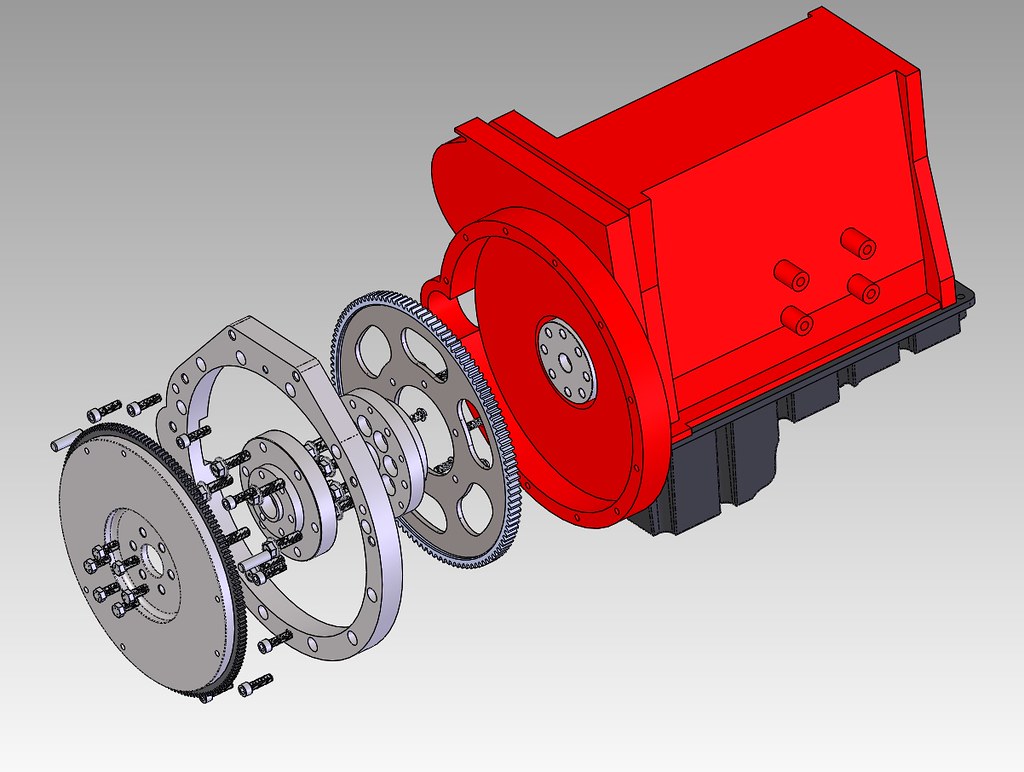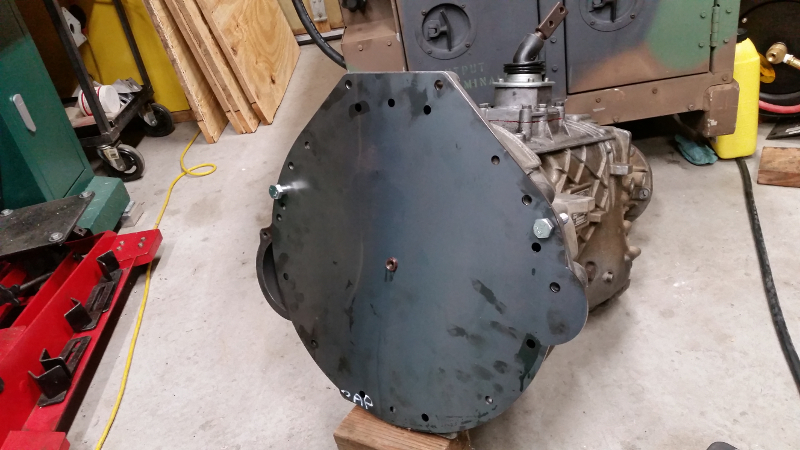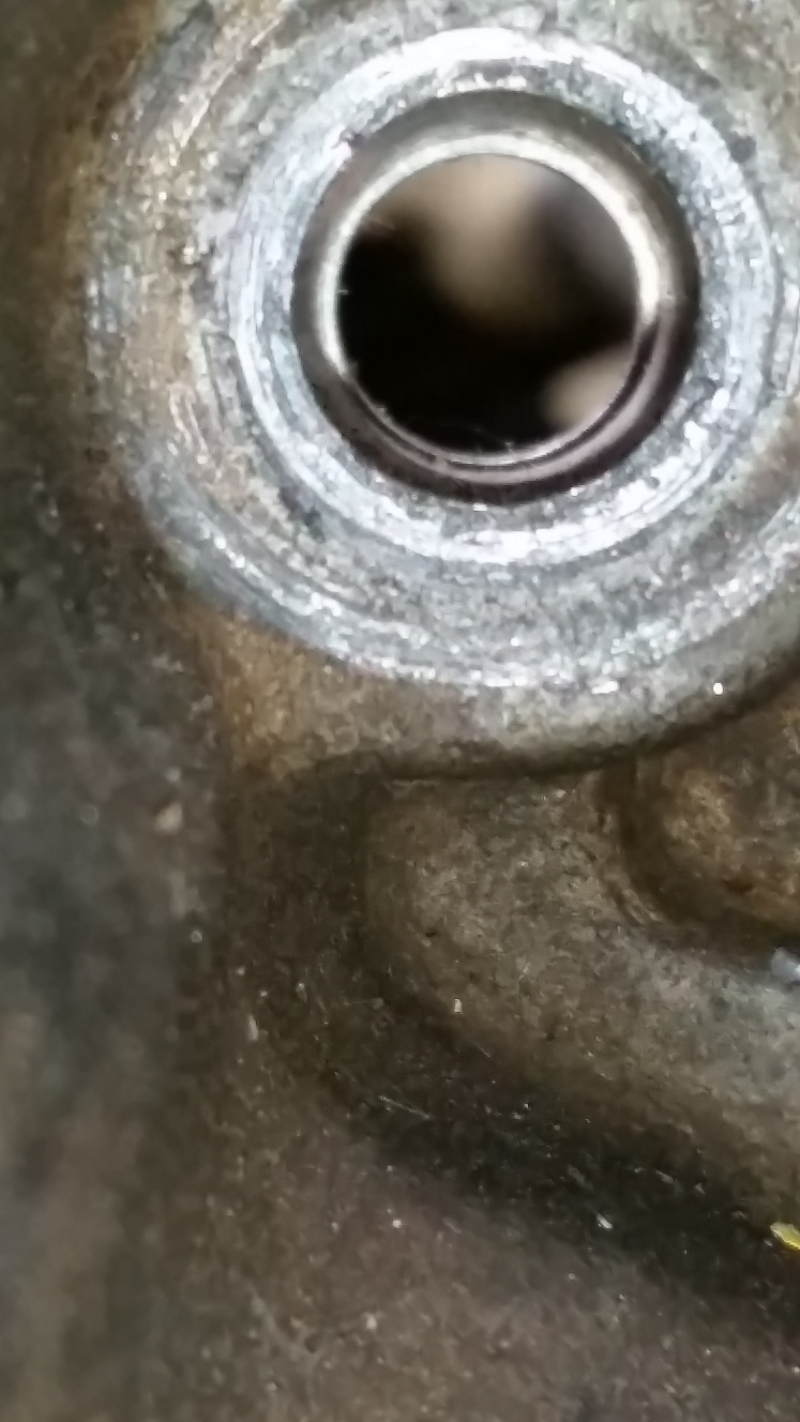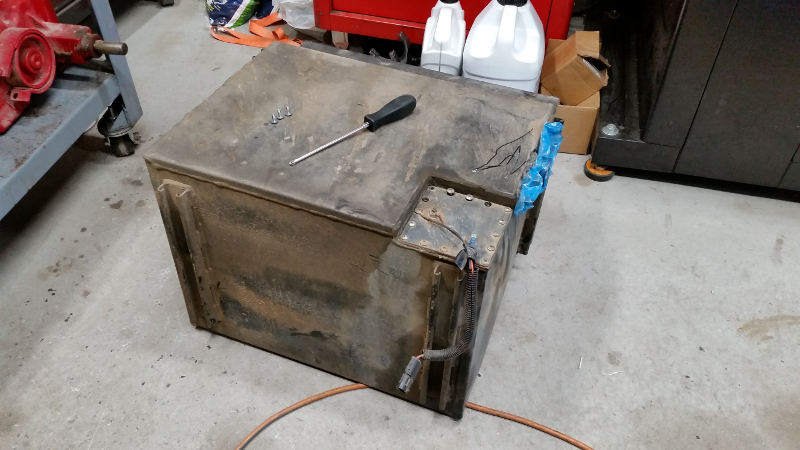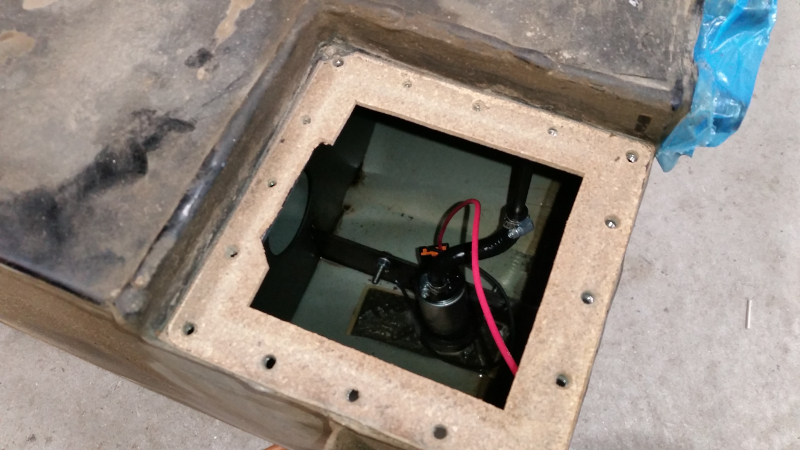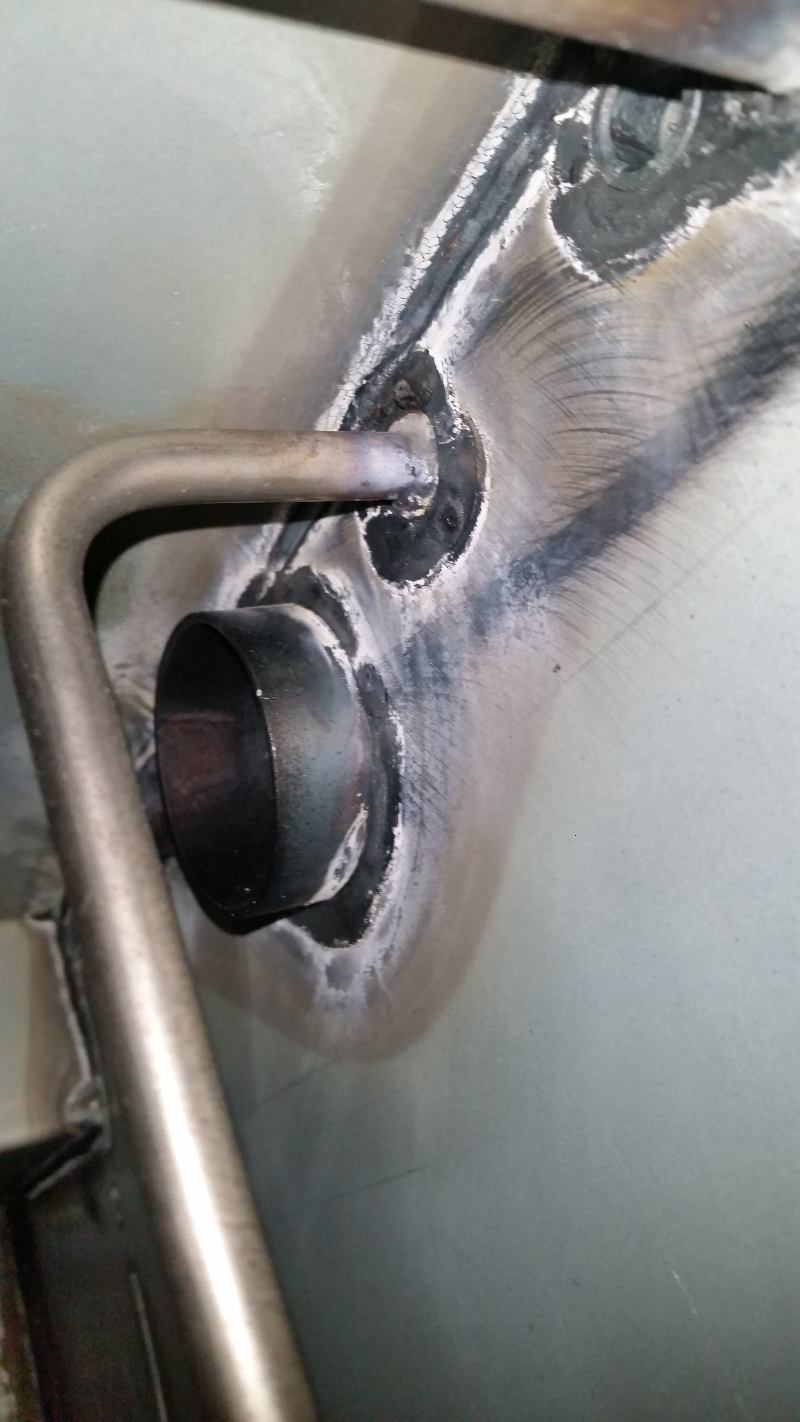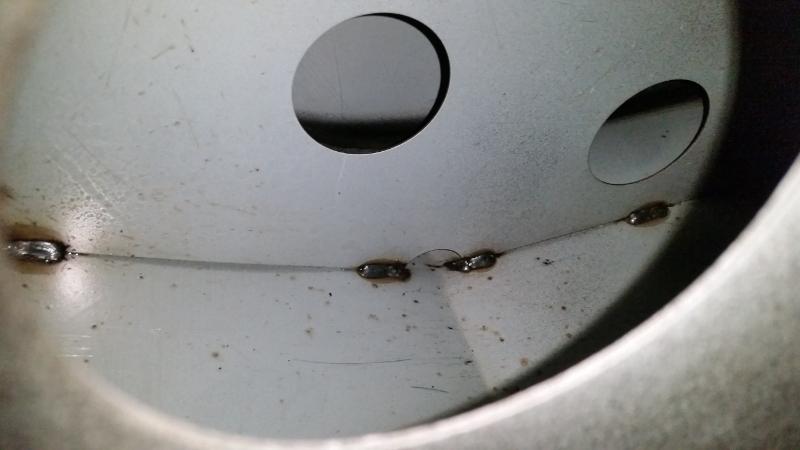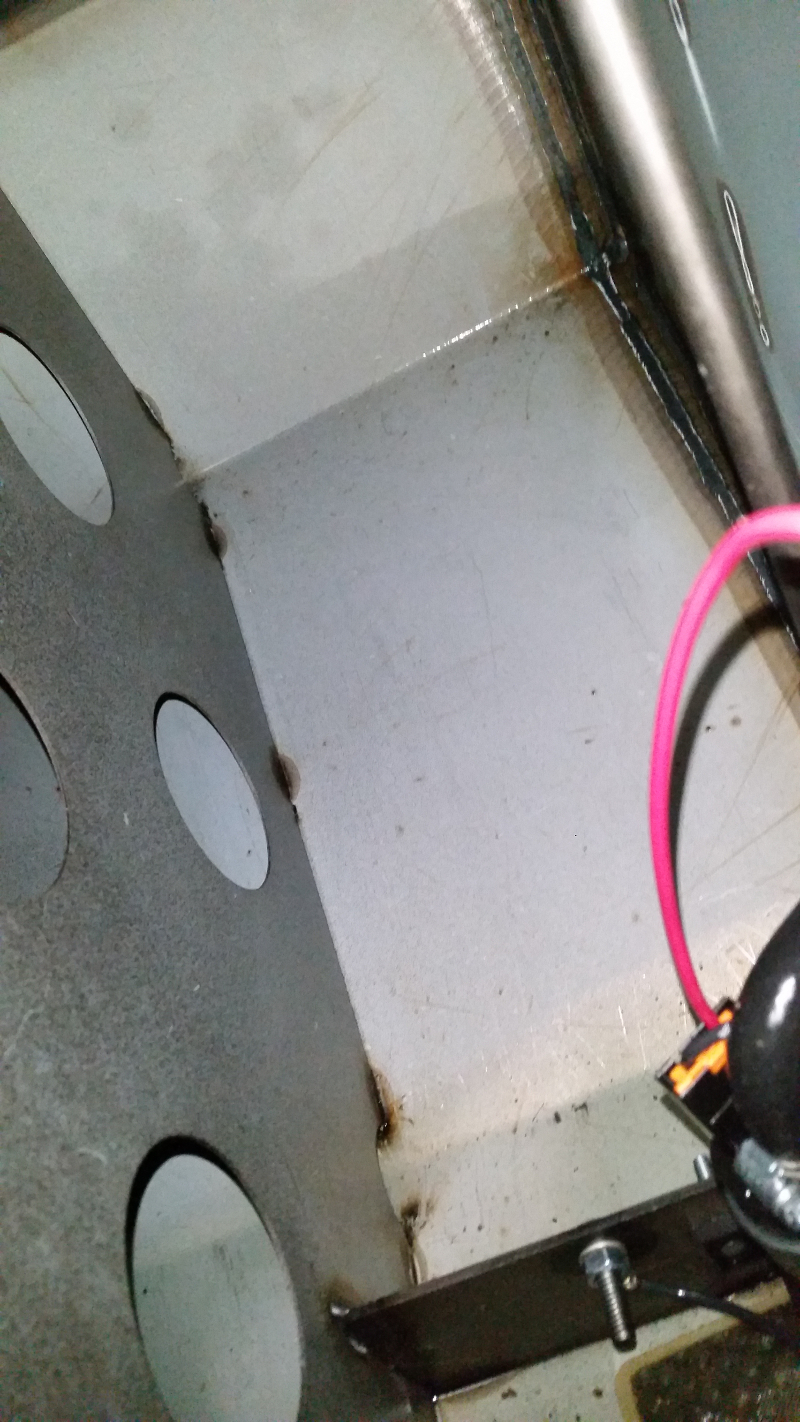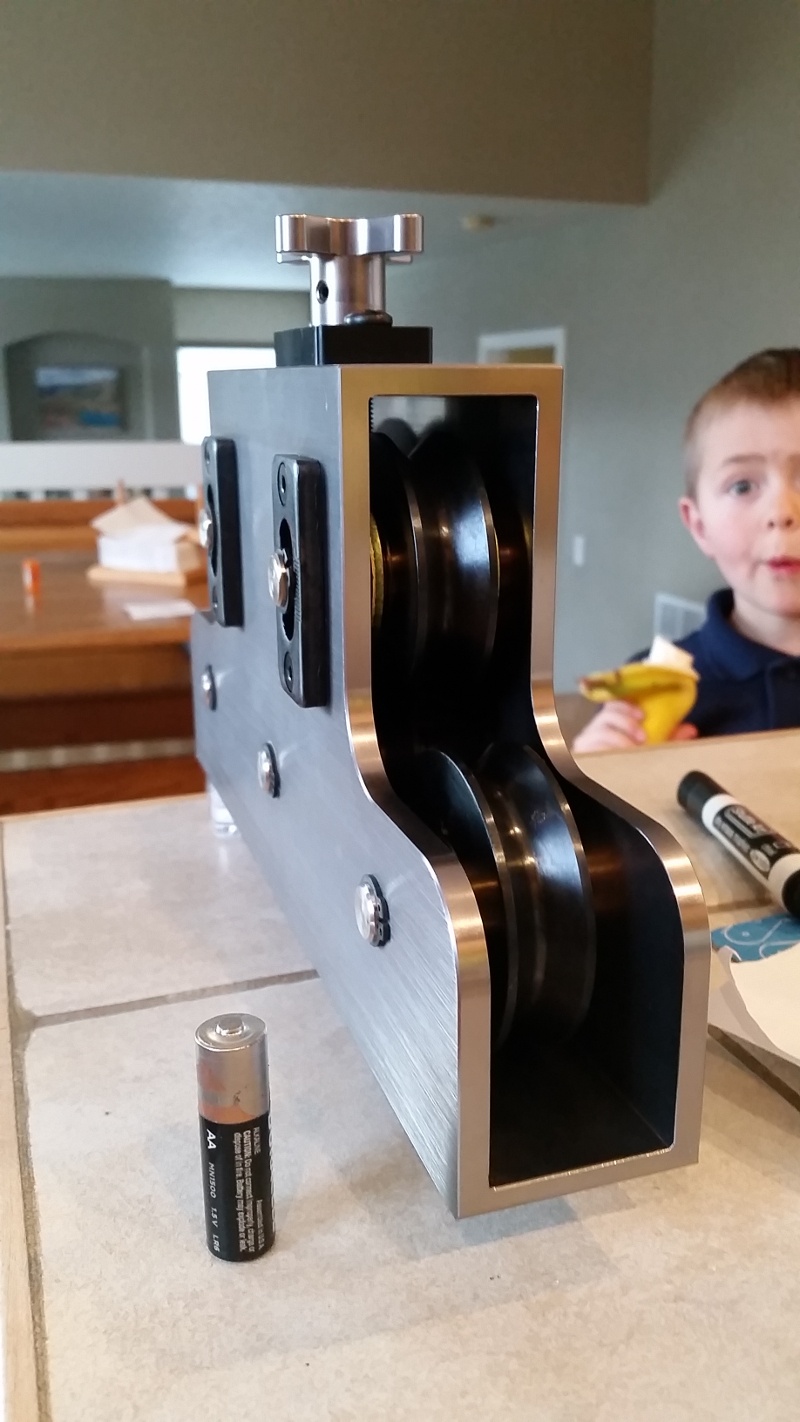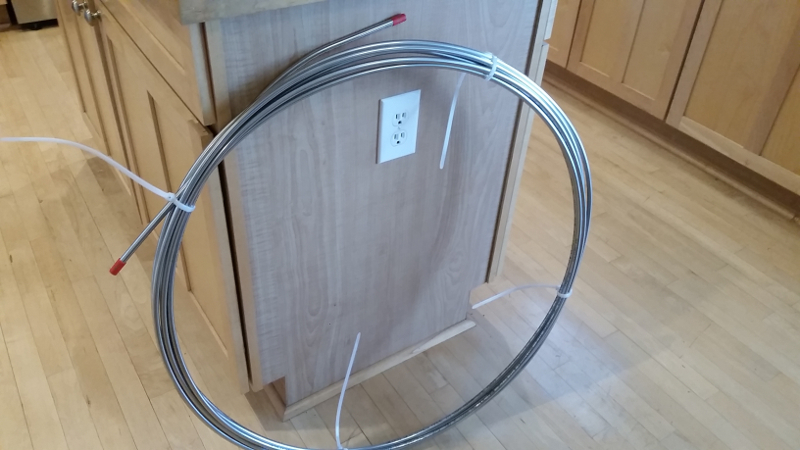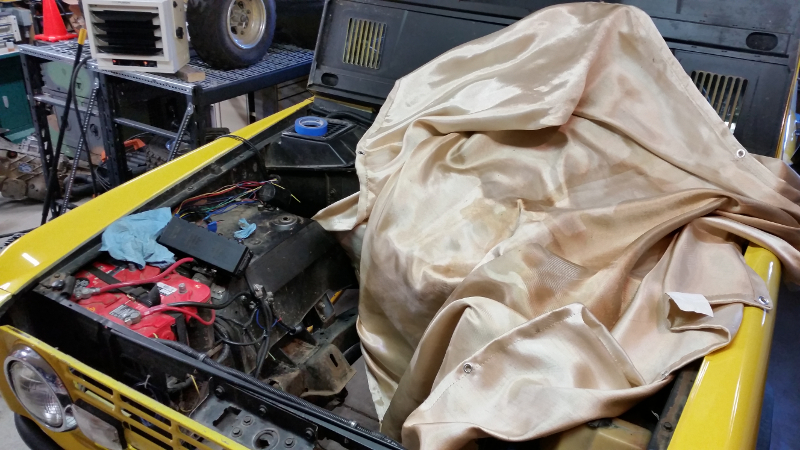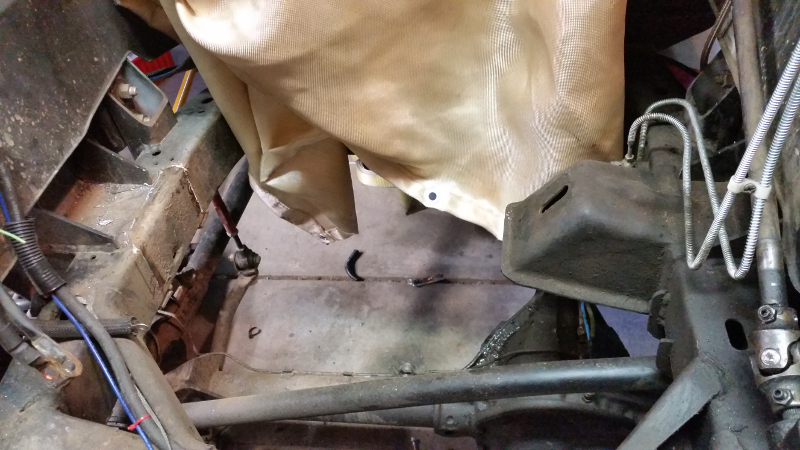ntsqd
heratic car camper
I once owned a diesel VW Caddy (Rabbit pick-up) at/near sea level on this Coastal Desert. Ginormous 1.6L NA diesel that made a whopping 52 HP peak. I had a turbo on it from the beginning and thought that was slow. Then the idling vibes caused some damage to the turbo's turbine scroll and I needed to drive the vehicle ~500 miles while it was being repaired. So I built the bits to be able to temporarily drive it NA. Never again, that was horrible. The turbo was worth an easy 15 HP on that engine, and it lacked boost fuel enrichment.
If the diesel is designed to be turbo'd from the start (the Caddy was not) then the turbo is an integral part of power production and altitude compensation is more of a by-production than the reason for it to be there at all.
If the diesel is designed to be turbo'd from the start (the Caddy was not) then the turbo is an integral part of power production and altitude compensation is more of a by-production than the reason for it to be there at all.












